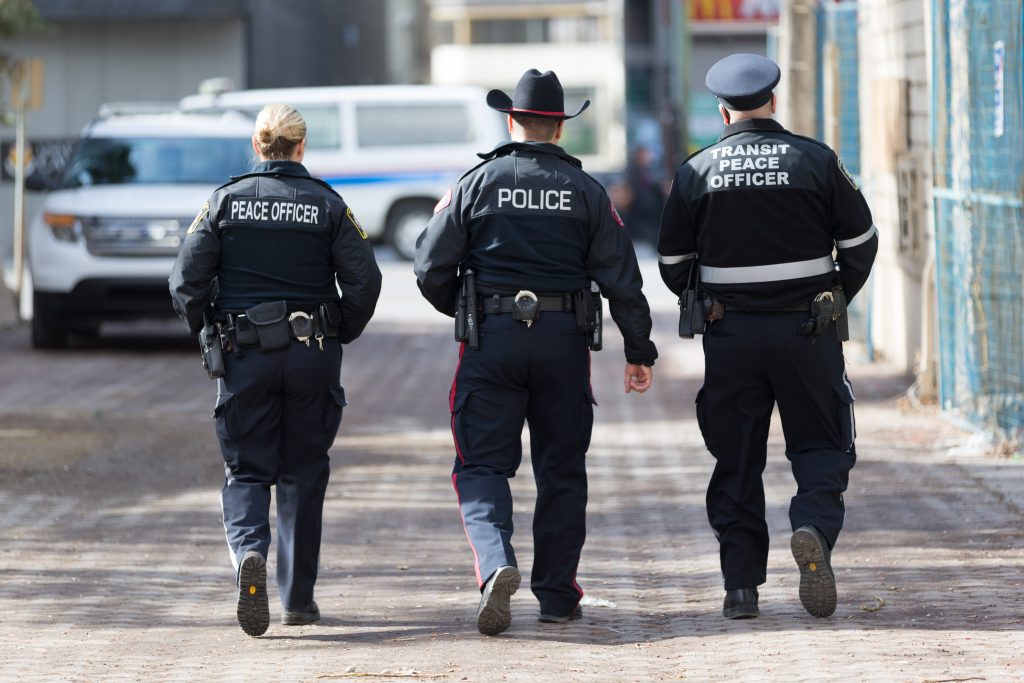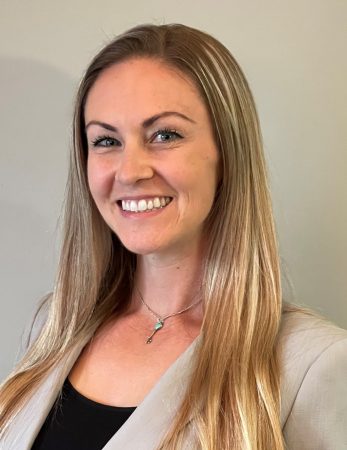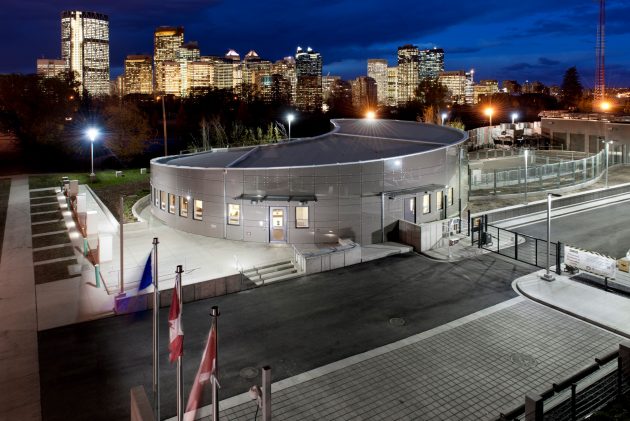
Public safety in Calgary: The role of Community Peace Officers
By Vikram Kulkarni and Christina Caffrey
News calgary editors pick peace officer police officer Image courtesy City of Calgary
Image courtesy City of Calgary With a rapidly shifting landscape, public safety is a serious task facing governments. Providing appropriate public safety response requires a practical, proactive and preventative approach. Successful outcomes need an integrated approach, innovative strategies and inclusive relationships. Today, our world presents interesting opportunities for professionals in law enforcement and emergency management to enhance their public safety roles.
The Alberta model
In Alberta, The Ministry of the Solicitor General and Public Security are guardians of the ‘Law Enforcement Framework’. This framework is designed to position Alberta’s law enforcement as a modern, flexible and professional system that meets policing and public security needs. Within the framework there is a strategy that supports Alberta’s overall law enforcement system with alternate service delivery avenues such as a legislated peace officer program. There are different, defined roles for peace officers. One example is the Alberta Peace Officers (APO) who are Sheriffs and Conservation Officers. Another example, Community Peace Officers (CPO) who are often Bylaw and Transit Peace Officers. With enhanced training and shared equipment Peace Officers bring increased capacity for effective disaster response.
The ‘nexus’ of law enforcement and emergency management
Law enforcement and emergency management are inextricably linked as having critical public safety roles. Both groups pride themselves on effective communication and efficient teamwork. Their need to be creative, innovative and use the best available resources takes flexibility and adaptability. Community Peace Officers and other law enforcement partners have demonstrated their ability to meet this need; to connect and protect citizens through a spectrum ranging from supporting the most vulnerable in society to enforcement against those flagrantly disregarding public health orders and safety legislation. To respond and manage the diverse needs of a population requires various perspectives and a collaborative approach, one that Community Peace Officers have consistently delivered.
Involving community in emergency management
Emergency management is an all-hazards approach to address emergencies and disasters. Calgary is one of the most livable cities in the world but is also exposed to disaster-related risks. The Calgary Emergency Management Agency (CEMA) utilizes a comprehensive model focused on prevention, mitigation, preparedness, response, and recovery, including business continuity, to improve resilience in the city. With over 60 agency members, internal and external to The City of Calgary, CEMA facilitates joint operations by coordinating and focusing the efforts of various partners and agencies towards specific public safety issues. Each partner agency brings with them subject matter expertise and a diverse perspective. This cooperation between agencies often produces greater results than an individual group or agency could produce on its own. This strategy continues to protect Calgarians from disasters that are increasing in frequency and severity. Collectively, this approach mitigates the loss of life or injury and reduces impacts to critical infrastructure, the environment and the economy.
The local environment
As a major metropolitan city, Calgary has a population of over 1.4 million people and is not immune to disruptions. Lead coordinators of public safety are the municipal police, the Calgary Police Service (CPS). Supporting the CPS as First Responders are firefighters from the Calgary Fire Department and paramedics from the Emergency Medical Services. The City of Calgary is the largest employer of Community Peace Officers. In addition to Bylaw and Transit, Community Peace Officers also include Business License and Livery Transport Inspectors. Community Peace Officers actively collaborate with the CPS to build competent partnerships through a Memorandum of Understanding (MOU). This document ensures roles are clear and requires Community Peace Officers to abide by authorities designated on their peace officer appointment. It dictates all domestic disputes, criminal investigations, and calls involving weapons to be handled by the CPS. The MOU also includes an Information Sharing Agreement authorizing access to certain police databases to facilitate crime and disorder information to the CPS. Conversely, The Law Enforcement Framework ensures the CPS maintains its overall responsibility for public safety by authorizing Community Peace Officers to provide integrated security and law enforcement services. Working together, Police, Peace Officers and partners protect the community and maintain order.
The recent pandemic brought forward the true value of Community Peace Officers. In the early part of the City’s State of Local Emergency, CEMA encouraged citizens to maintain a healthy lifestyle to reduce social isolation. With the sheer volumes of citizens attending parks and open spaces, it was a challenge to physically distance on most pathways or along bridges. Bylaw Officers adapted their approach to engage with and educate citizens as opposed to enforcement through violation tickets. Responding to changing public health orders both Business License and Livery Transport Inspectors used discretion to educate businesses before escalating to enforcement. Promoting the use of face masks, Transit peace officers were engaged in the distribution of face masks to the travelling public. Responsibilities related to managing crowds on train platforms for major events like the Calgary Stampede and facilitating the smooth flow of vehicle traffic during mass demonstrations were embraced and delivered.
Currently, a ‘City of Calgary’ realignment is underway to better integrate public safety functions and improve emergency response. This new strategy will have increased capacity to respond to social issues such as the opioid crisis, homelessness, addictions and mental illness and social disorder. Given evolving social issues and increasingly complex challenges in society, there is an opportunity to expand the role of Community Peace Officers. Legislative amendments to governing regulations would enhance peace officer authorities to support CPS and subsequently, emergency management. The outcome promises to strengthen a culture of cooperation and collaboration supporting public safety in Calgary.
The path forward
Effective public safety management cannot be a one-off change. It requires deliberate intent through a thoughtful, methodical path followed by organized and coordinated actions. Oversight, accountability and building consensus is vital as is the full involvement of each agency partner in the change strategy.
Today, we have an exciting opportunity to help make everyday life safer in our community. We need to innovate, be bold and build on exciting shifts in technology. Community Peace Officers are credible, versatile, willing and able to respond to and support emergency management. Expanding their role will practically, proactively and preventatively enhance public safety.
Vikram Kulkarni is a Coordinator of Operations Support at Calgary Transit. He holds a Masters degree in Human Security and Peacebuilding from Royal Roads University and can be reached at Vikram.Kulkarni@calgary.ca
Christina Caffrey is a Business Strategist with Calgary Community Standards. She has her Certified Emergency Manager designation and holds a Masters degree in Disaster & Emergency Management from York University. Christina can be reached at christina.caffrey@calgary.ca
Print this page
Advertisement
- Uvalde shooting highlights role of doors in security plans
- Interim Privacy Commissioner of Canada appointed



Leave a Reply